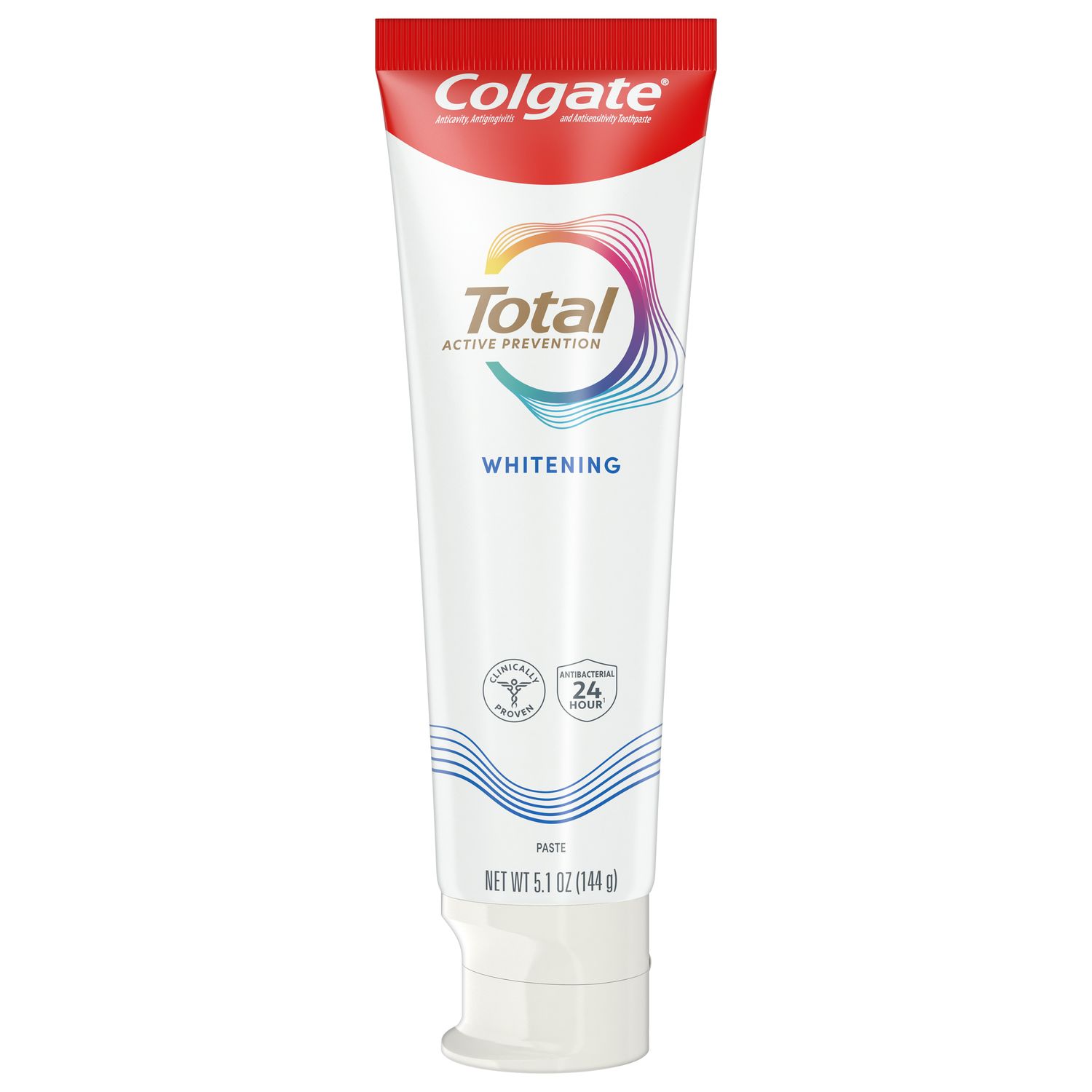What Is a Cleft Lip?
A cleft lip occurs during the second or third month of pregnancy when the body tissues from each side of the head join together to form the face. When the tissues do not join completely, it leaves an opening in the upper lip. This opening can be a small slit or a large gap that goes into the nose. The Centers for Disease Control and Prevention (CDC) report that about one of every 2,800 children born in the U.S. has a cleft lip. Children can be born with both a cleft lip and cleft palate; this happens to about one of every 1,600 babies born in the U.S.
What Is a Cleft Palate?
Similarly, a cleft palate occurs when the tissues that form the roof of the mouth do not entirely join during pregnancy. Sometimes, the palate's front and back parts remain open, and other times the only part of the palate remains open. The CDC reports that about one in every 1,700 babies is born with a cleft palate in the U.S.
What Causes Cleft Lip or Cleft Palate?
Physicians and researchers today do not entirely understand the causes of cleft lip or cleft palate. Many believe that a combination of genetic and environmental factors affect the baby during pregnancy. Parents with a family history of orofacial clefts might pass these genes down to their children. Exposure to substances like smoking cigarettes, drinking alcohol, and taking certain medications are linked to an increased risk of having a baby born with a cleft and conditions like diabetes and obesity.
How Do I Know If My Baby Has a Cleft Lip or Cleft Palate?
Cleft lip and palate are usually diagnosed at birth or shortly after and do not require special tests. Your physician can visually detect a cleft lip. Babies with cleft palates typically have difficulty feeding, and when they try to feed, the liquid might come out their nose. However, clefts can sometimes be identified by a prenatal ultrasound as early as 13 weeks.
Besides difficulty feeding, children with clefts face a variety of medical challenges. Cleft palates put children at higher risk for ear infections and hearing loss. Clefts can also impact tooth development and cause dental problems. Because the lips and palate are crucial in forming sounds, clefts might also delay normal speech development.
How Are Cleft Lips and Cleft Palates Treated?
To correct your child's cleft lip or palate, you will work with a team of experts, including a plastic surgeon, maxillofacial surgeon, an otolaryngologist (ear, nose, and throat specialist), oral surgeon, pediatric dentist, orthodontist, and more. Together, this team will complete the necessary surgeries to improve your child's ability to eat, speak and hear, and attain a normal appearance.
Cleft Lip Surgery
Cleft lip surgery usually occurs between the first 3 to 6 months of age. Your child will receive general anesthesia, so they will not feel pain or be awake during surgery. The plastic surgeon uses a special technique to stitch the two sides of the lip together. The scar usually fades as the child grows older, but sometimes they need a second surgery to improve appearance or address complications.
Cleft Palate Surgery
Cleft palate surgery occurs when the child is older — usually between the ages of 6 to 18 months — to better tolerate the surgery. The type of procedure used to rebuild the roof of the mouth depends on your child's unique situation. The plastic surgeon will take tissue from either side of the mouth to fill in the gap. Similar to cleft lip treatment, additional surgeries may be needed to address any complications.
Your healthcare team will provide guidance and encouragement through a difficult time from birth to treatment. Through a robust treatment plan — including surgery, therapies, and corrective appliances — a child with an orofacial cleft can experience significant improvements in quality of life and show minimal signs of the cleft in their appearance.
This article is intended to promote understanding of and knowledge about general oral health topics. It is not intended to be a substitute for professional advice, diagnosis or treatment. Always seek the advice of your dentist or other qualified healthcare provider with any questions you may have regarding a medical condition or treatment.
ORAL HEALTH QUIZ
What's behind your smile?
Take our Oral Health assessment to get the most from your oral care routine
ORAL HEALTH QUIZ
What's behind your smile?
Take our Oral Health assessment to get the most from your oral care routine















